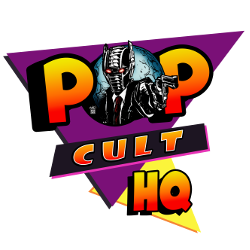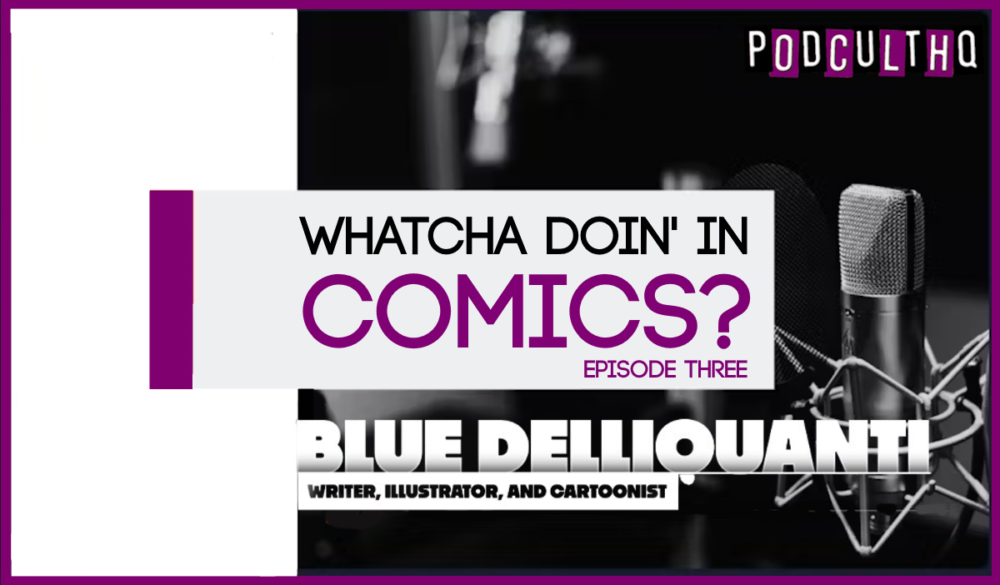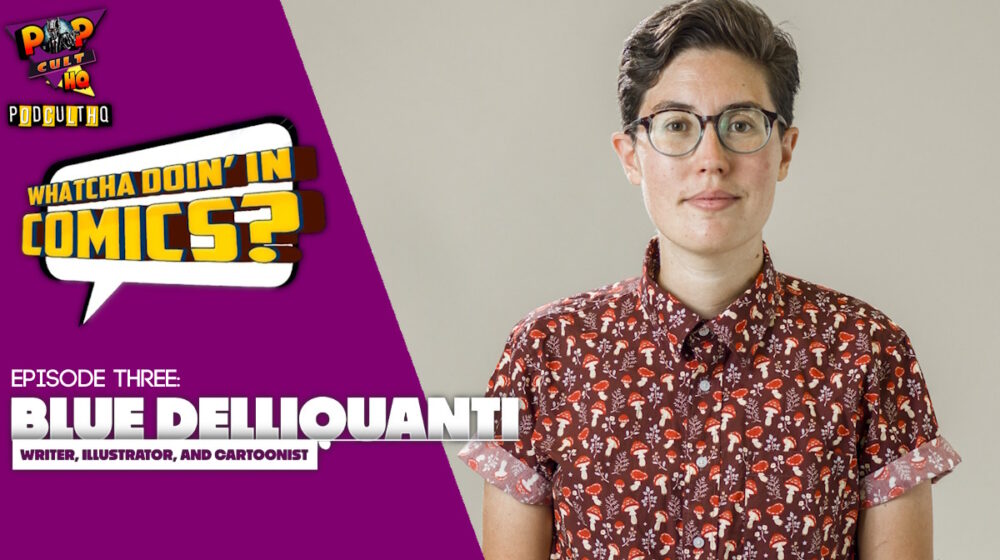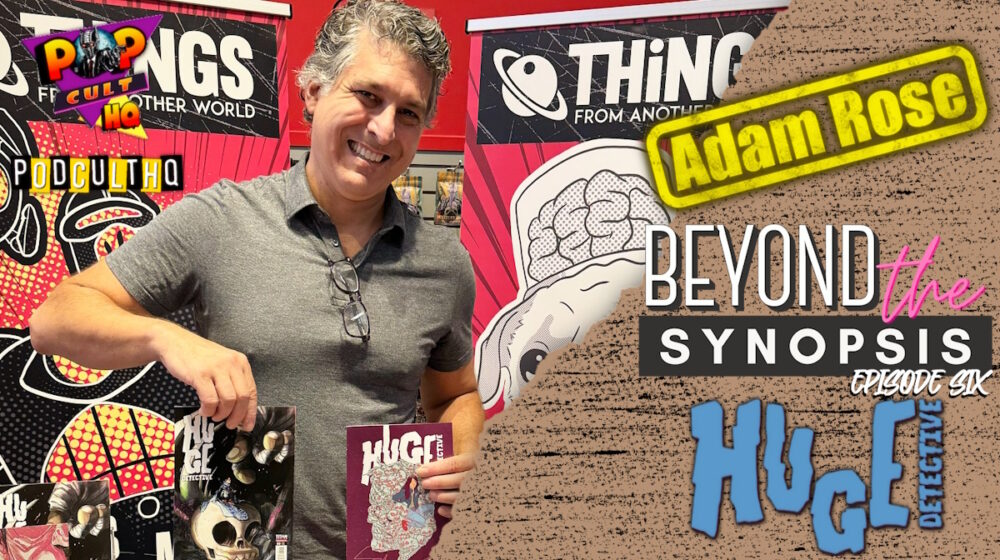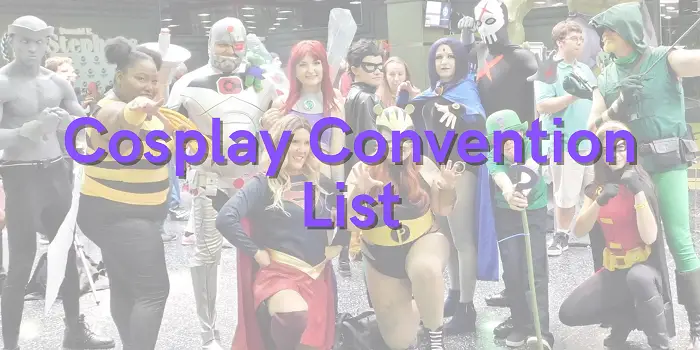This weekend is a big milestone for the Marvel Cinematic Universe and Marvel Comics fans with the release of Marvel Studio’s latest superhero epic Spider-Man: Homecoming. Starring Tom Holland in his return to the role of everyone’s favorite wall-crawling webslinger, fans can look forward to what is sure to be a stellar villain performance from Michael Keaton as one of Spider-Man’s oldest villains, The Vulture. And so, in honor of this upcoming superhero smash, a creator profile on the man who gave Spider-Man so much during the stunning Silver Age of Marvel Comics…Steve Ditko!
Steve Ditko is a creative force whose work, not just at Marvel creating Spider-Man and Doctor Strange, but at DC and other companies, commands much respect in the comics industry. His tireless efforts to produce top notch work has persisted into the 2000’s, long after his retiring from mainstream comics work.
 Born in 1927 in Johnstown, Pennsylvania, Steve grew up the second-eldest child of working class, first-generation Slovakian-Americans. Fueled by his father’s love of newspaper comics, Steve was drawn to Hal Foster’s Prince Valiant and this interest was increased with the introduction of Batman in the comics and Will Eisner’s The Spirit in the Sunday papers. After graduating high-school in 1945, Steven joined the U.S. Army and did a tour of service in post-war Germany drawing comics for an Army paper.
Born in 1927 in Johnstown, Pennsylvania, Steve grew up the second-eldest child of working class, first-generation Slovakian-Americans. Fueled by his father’s love of newspaper comics, Steve was drawn to Hal Foster’s Prince Valiant and this interest was increased with the introduction of Batman in the comics and Will Eisner’s The Spirit in the Sunday papers. After graduating high-school in 1945, Steven joined the U.S. Army and did a tour of service in post-war Germany drawing comics for an Army paper.
After being discharged, he enrolled at New York’s Cartoonists and Illustrators School, taught by his idol, Batman artist Jerry Robinson. Beginning his comics career in 1953, he dabbled in both the horror and romance genres before starting to do work with Charlton Comics with The Thing #12 (published in 1954). After going on hiatus for the rest of the year due to tuberculous, he returned to New York, beginning work in 1955 with Marvel Comics precursor Atlas Comics.
Collaborating with Stan Lee on a variety of stories published in various Atlas books, it wasn’t until the company re-branded itself as Marvel and a span of seven years before Steve would create what is quite frankly one of the most recognizable characters in comics. The August 1962 issue of Amazing Fantasy had Steve and Stan’s latest creation on the cover, Spider-Man!
Spider-Man stories were a real approach to superheroes, a character that readers could relate to on a personal level because he dealt with the same day-to-day problems that they had. The villains and supporting characters created during Steve’s run on Amazing Spider-Man (issue #1-38, plus the first two annuals) are some of the core centers of Peter Parker’s world, both in his civilian life and his costumed life. From his dear Aunt May to blustering boss J. Jonah Jameson, to such foes as Vulture, Mysterio, and arch-enemy the Green Goblin, Steve’s storytelling and artwork combined with Stan’s dialogue, cemented Spider-Man as one of Marvel’s leading characters, a position still held today.
During his time at Marvel also saw the creation of what at the time was one of its most bizarre characters, Sorcerer Supreme Dr. Strange (Strange Tales #110 July, 1963). As Marvel’s Master of the Mystic Arts, “Steve Ditko contributed some of his most surrealistic work to the comic book and gave it a disorienting, hallucinogenic quality. Dr. Strange’s adventures take place in bizarre worlds and twisting dimensions that resembled Salvador Dalí paintings. … Inspired by the pulp-fiction magicians of Stan Lee’s childhood as well as by contemporary Beat culture. Dr. Strange remarkably predicted the youth counterculture‘s fascination with Eastern mysticism and psychedelia. Never among Marvel’s more popular or accessible characters, Dr. Strange still found a niche among an audience seeking a challenging alternative to more conventional superhero fare.” (described by historian Bradford W. Wright).
Steve left the company in 1966 after a falling out with Stan, and the Spider-Man and Dr. Strange books were turned over to other artists. To this day the cause of the dispute is still unknown, though Steve’s successor to the Spider-Man book, John Romita, put it best during the 2010 deposition from Jack Kirby’s estate that “I didn’t know that he and Ditko were at odds so extremely, but they ended up not being able to work together because they disagreed on almost everything, cultural, social, historically, everything, they disagreed on characters…”.
Through some careful research, the reason for these disagreements can be lead back to more then just opposing viewpoints, but also Ditko’s philosophical beliefs. Those beliefs are tied into his reason for walking away from Marvel Comics and more importantly, away from Spider-Man, Doctor Strange and Marvel Comics.
In the 1960’s, author Ayn Rand was thrust back into the limelight when a reprinting of her book Atlas Shrugged brought it to a new audience, among that audience was Steve. Rand was the creator of Objectivism which, simply put, held that truth is objective not subjective.
 While Ditko didn’t fully burst forth with Objectivism in his work until AFTER he left Marvel in 1966, Rand’s Objectivist views would show up sporadically, particularly in the pages of Spider-Man. One of the best examples would be the idealist nature Peter Parker always held onto, even when things seemed totally bleak, he would bounce back and suit up once more. This is in contrast to the views that J. Jonah Jameson espoused as the head of the Daily Bugle, views centered on making money and constantly defaming Spider-Man, even when others could clearly see ol’ Webhead doing good.
While Ditko didn’t fully burst forth with Objectivism in his work until AFTER he left Marvel in 1966, Rand’s Objectivist views would show up sporadically, particularly in the pages of Spider-Man. One of the best examples would be the idealist nature Peter Parker always held onto, even when things seemed totally bleak, he would bounce back and suit up once more. This is in contrast to the views that J. Jonah Jameson espoused as the head of the Daily Bugle, views centered on making money and constantly defaming Spider-Man, even when others could clearly see ol’ Webhead doing good.
As part of my research, I dug into the constant rumor that has persisted for years that Steve’s reason for leaving Marvel was that Norman Osborn was revealed in issue #39 as the face behind the Green Goblin’s mask. This rumor is in fact false…okay mostly false. Part of Steve’s leaving Marvel in 1966 can certainly be attributed to his views clashing with those of Stan. Whatever other reasons there may be, the world will probably never know unless Steve himself speaks up.
 As for the matter of Steve and the unmasking of Norman Osborn, well here’s a little gem to settle that topic. In the 2009 issue of The Comics (a visual zine published by his longtime editor Robin Snyder), the matter of Norman Osborn’s unmasking was for the most part settled by this statement from Steve:
As for the matter of Steve and the unmasking of Norman Osborn, well here’s a little gem to settle that topic. In the 2009 issue of The Comics (a visual zine published by his longtime editor Robin Snyder), the matter of Norman Osborn’s unmasking was for the most part settled by this statement from Steve:
“Now digest this: I knew from Day One, from the first [Green Goblin] story, who the GG would be. I absolutely knew because I planted him in J. Jonah Jameson’s businessman’s club, it was where JJJ and the GG could be seen together. I planted them together in other stories where the GG would not appear in costume, action….I wanted JJJ’s and the GG’s lives to mix for later story drama involving more than just the two characters…. I planted the GG’s son (same distinctive hair style) in the college issues for more dramatic involvement and storyline consequences…So how could there be any doubt, dispute, about who the GG had to turn out to be when unmasked? “
There it is, in Steve’s own words. He clearly always had intended Norman to be the Goblin and thus Norman has remained Green Goblin to this day without any dispute from Steve or anyone else.
When Steve left Marvel, he went back to Charlton Comics, whereupon he created headliner heroes Blue Beetle, The Question and took over writing on Captain Atom (a character he had created back in 1960 while still doing side work for Charlton).
In 1967, a new hero was created, the ultimate expression of Steve Ditko’s Objectivist ideals in the form of Mr. A! While Steve no longer works’s in mainstream comics, his Mr. A books are published by Robin Snyder. Mr. A can best be described as a more raw version of The Question, but a hero who takes Objectivism and applies it to both his hero work and his civilian life.
Over the years, Steve has created other memorable characters, including The Creeper and the team of Hawk and Dove for DC. He was with the company for only a year before returning to Charlton and staying there until going back to DC again in 1975, creating Shade the Changing Man, Stalker and the Prince Gavyn iteration of Starman.
The 80’s and 90’s found him freelancing for a variety of companies, including Marvel (co-creating Speedball and Squirrel Girl at various times), Eclipse Comics, Pacific Comics, Dark Horse Comics and Defiant Comics. His final mainstream story was a story with Jack Kirby’s Fourth World characters titled Infinitely Gentle Infinitely Suffering (although it wasn’t published until 2002), followed by his retirement from the mainstream comics industry in 1998.
These days Steve’s work consists of comics published by Robin Snyder (previously touched upon). Current and previous issues of these comics can be purchased here. While the messages within are not the typical heroic material of his former work, that can be overlooked by the fact that owning Steve Ditko comics is well worth it.
To sum up the decades of work that are the result of Ditko’s work, this is the best explanation to be offered. Steve Ditko is a true pioneer of comics, pouring endless amounts of creative energy into his art and stories, with the end results being heroes that are widely-read and much loved by all. And when he finally passes on to that big comics studio in the sky, it will be a sad day indeed, for one of the greatest of the great will no longer be here.
